
The Age of Enlightenment, also known as the Age of Reason, was a period in the 17th and 18th centuries marked by a surge in intellectual and philosophical progress. Central to this epoch was the revolution in the field of printing, which not only catalyzed the dissemination of knowledge but also transformed societies around the world.
The Genesis of Printing
The story of printing begins in the 15th century with the invention of the Gutenberg printing press. Johann Gutenberg’s revolutionary technique of movable type printing laid the groundwork for mass production of books, making literature more accessible than ever before.
Prior to Gutenberg’s invention, books were laboriously copied by hand, a process that severely limited availability and inflated costs. The printing press democratized knowledge, allowing texts to reach a more extensive audience and setting the stage for cultural movements.
Printing and the Spread of Enlightenment Ideas
By the time the Enlightenment began to take shape, printing had evolved significantly. The rapid production and broad distribution of books and pamphlets enabled the circulation of Enlightenment ideas. Philosophers like Voltaire, Rousseau, and John Locke found new platforms in printed media, reaching audiences across continents.
Printing houses became beacons of innovation as they facilitated the exchange of ideas and provided a medium for critique and debate. This newfound accessibility to diverse opinions and knowledge fostered critical thinking and scientific inquiry, hallmarks of the Enlightenment.
The Social Impact of Printing
The widespread availability of printed material contributed to increased literacy rates during the Enlightenment. More individuals had the opportunity and resources to learn to read, creating informed citizenries more engaged with political and philosophical discourse.
Moreover, printing played a crucial role in the spread of scientific knowledge. Published works on anatomy, astronomy, and physics in the vernacular made science comprehensible to the layperson, encouraging public science education and participation in scientific revolutions.
Challenges and Control
Despite its many benefits, the proliferation of printed material also posed challenges. Authorities often imposed censorship to control the spread of ‘controversial’ ideas, believing them to be a threat to established power structures. This tension between control and free expression is a recurring theme in the history of printing and persists to this day.
Censorship, however, could not fully stifle the Enlightenment spirit. Underground printing networks flourished, and banned authors found ways to circulate their works, further fueling the movement’s ideals.
Legacy of Enlightenment Printing
The legacy of printing during the Enlightenment cannot be overstated. The movement initiated a paradigm shift in how information was distributed and consumed, laying the groundwork for modern media landscapes and communication methods.
In conclusion, the history of printing in the Age of Enlightenment represents a pivotal moment when technology and thought converged to alter the trajectory of human progress. It ushered in an era where knowledge was no longer the privilege of the few but the right of all, heralding a new chapter in human enlightenment and cultural evolution.
The Age of Enlightenment was a period marked by intellectual progress. Gutenberg’s printing press democratized knowledge. 
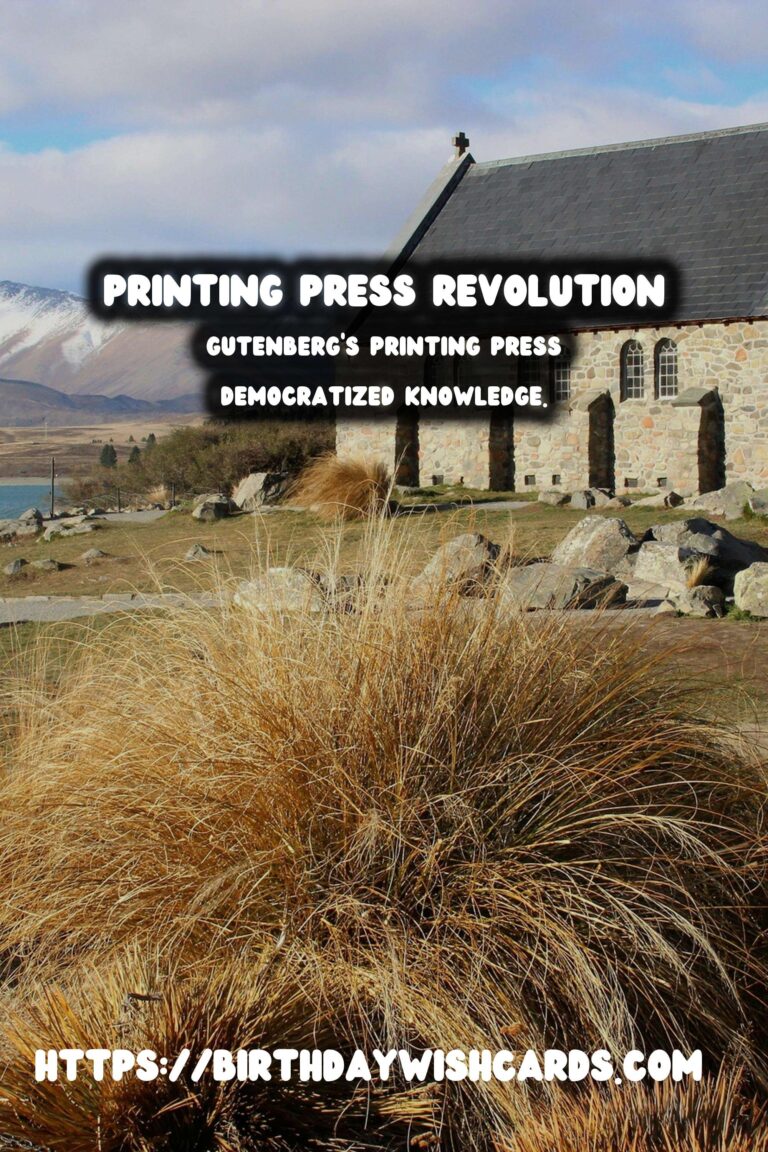
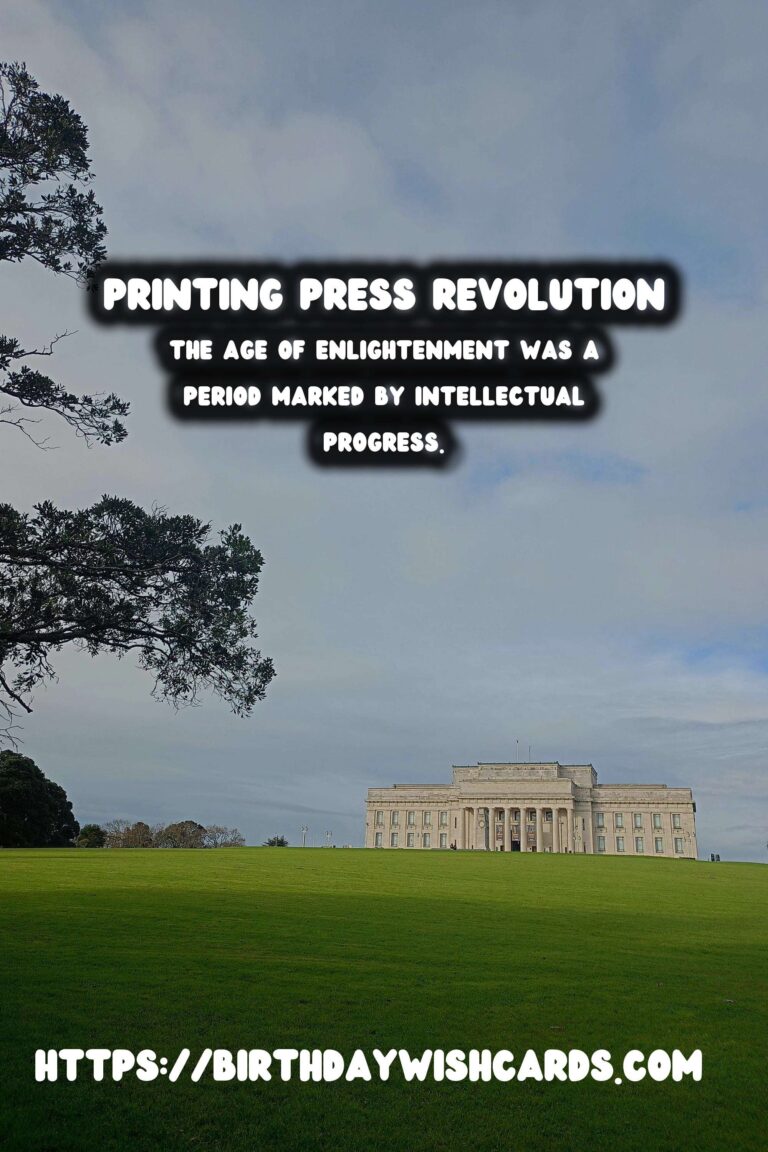

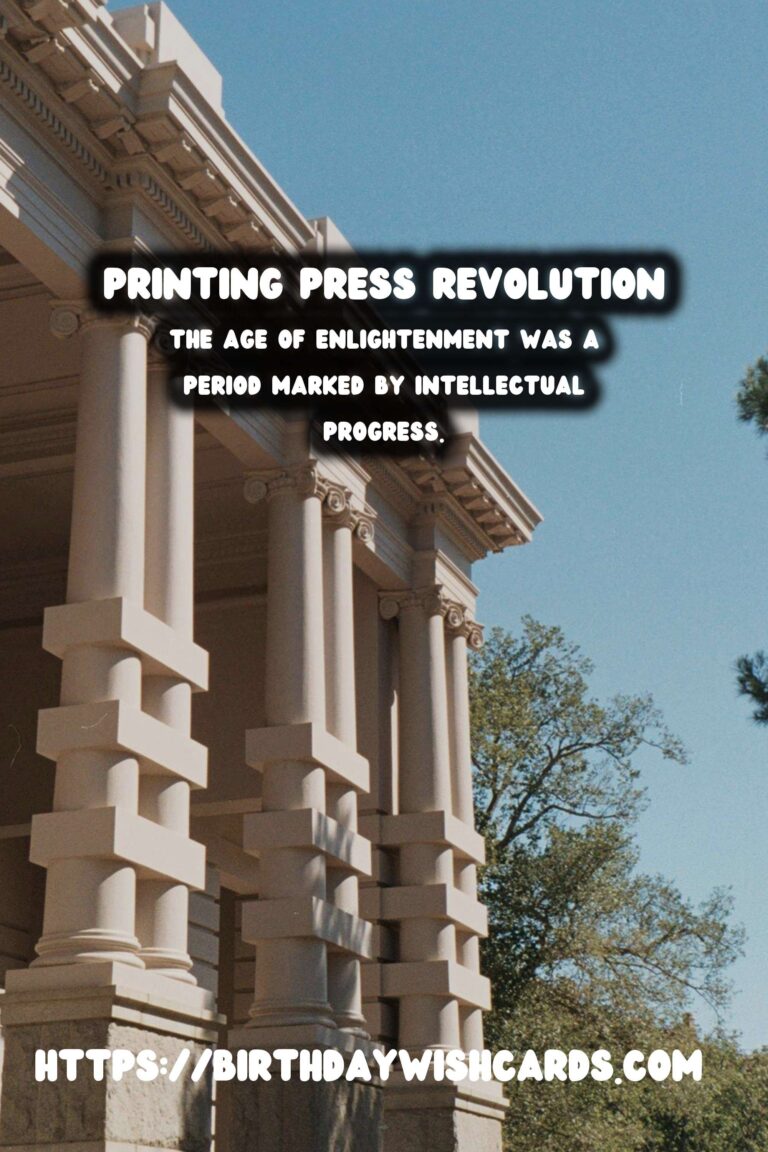
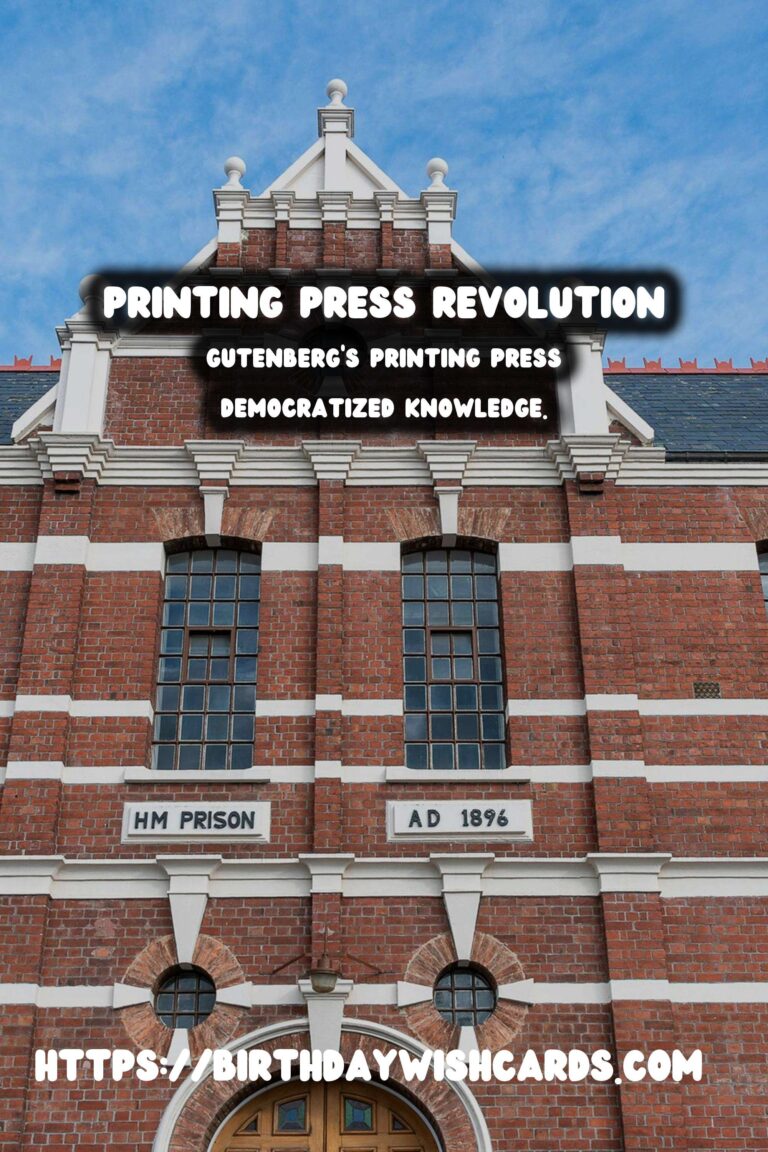
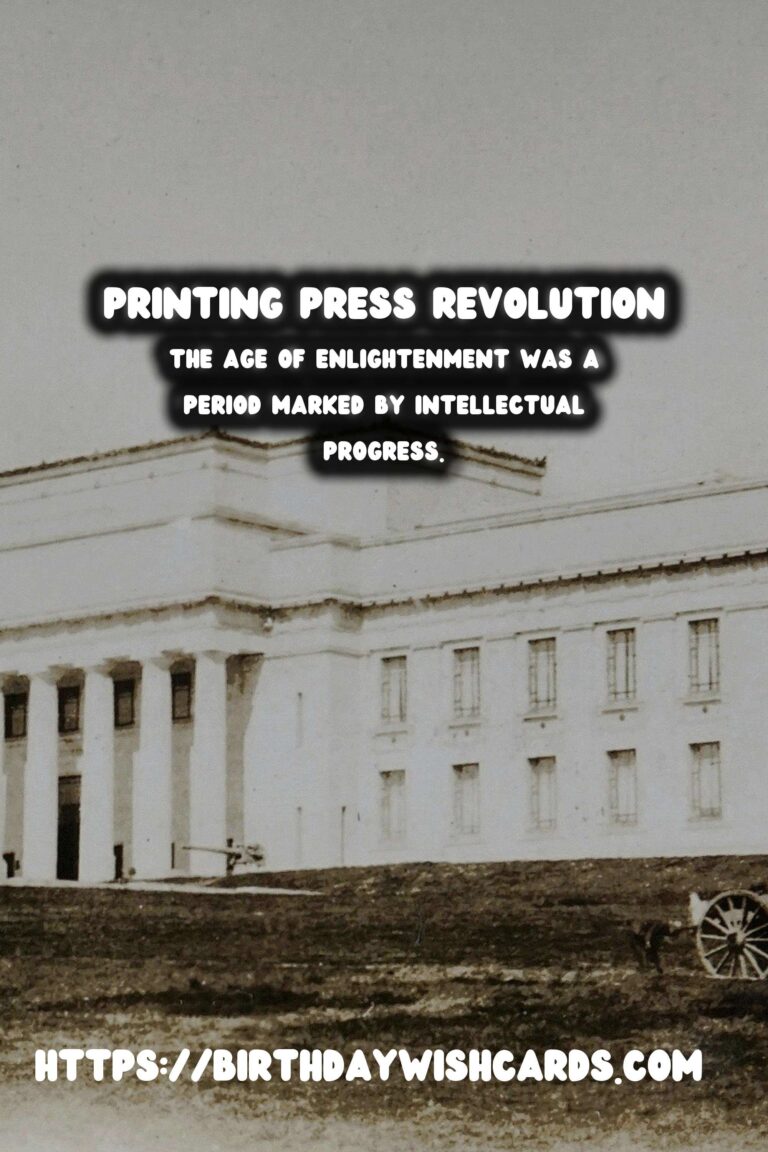
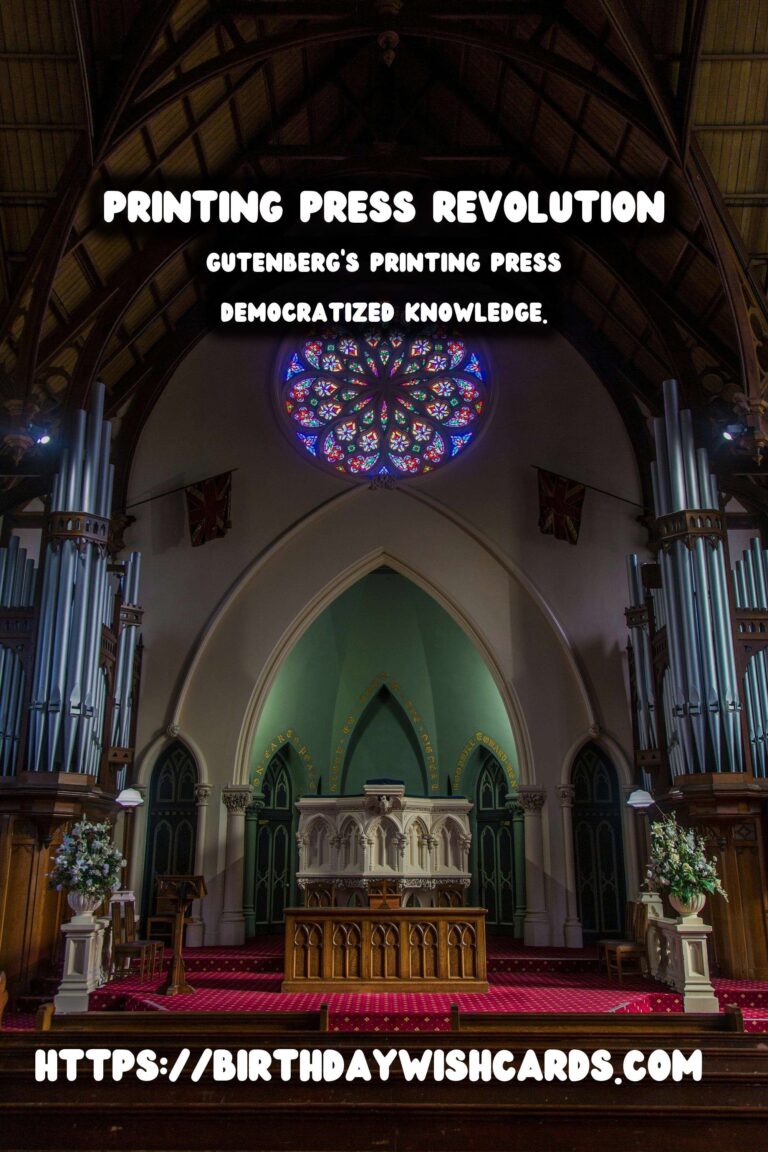
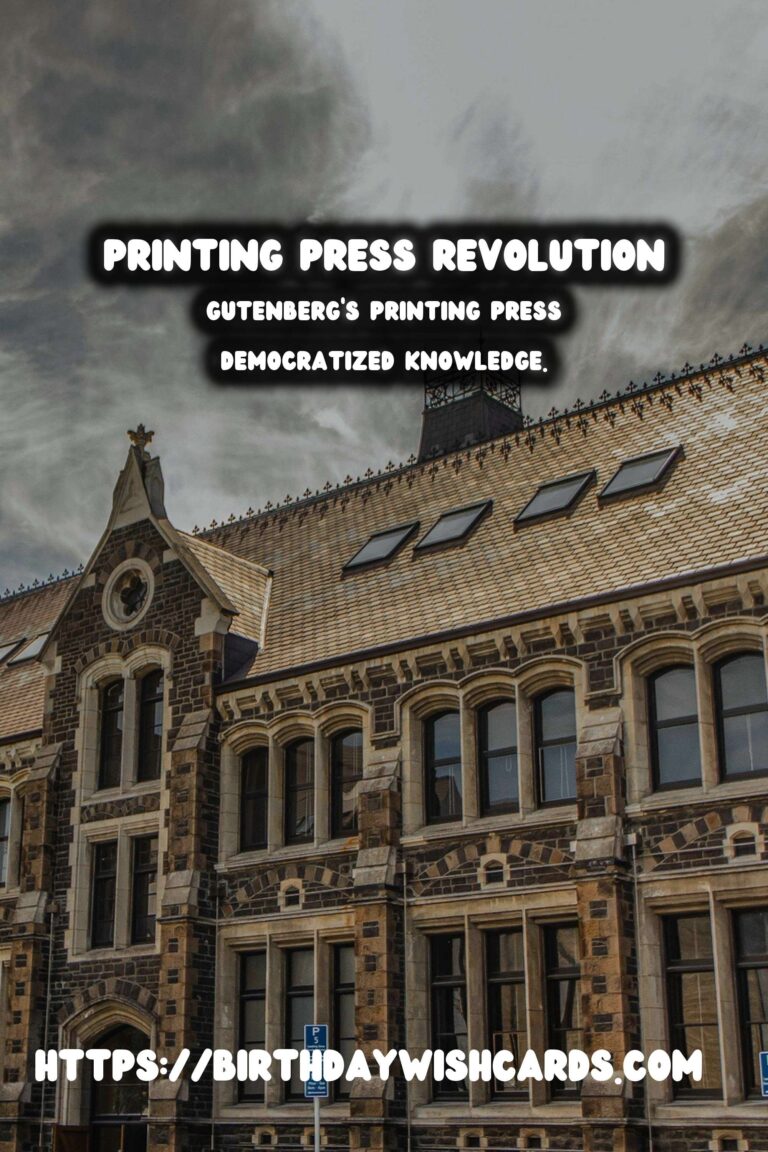
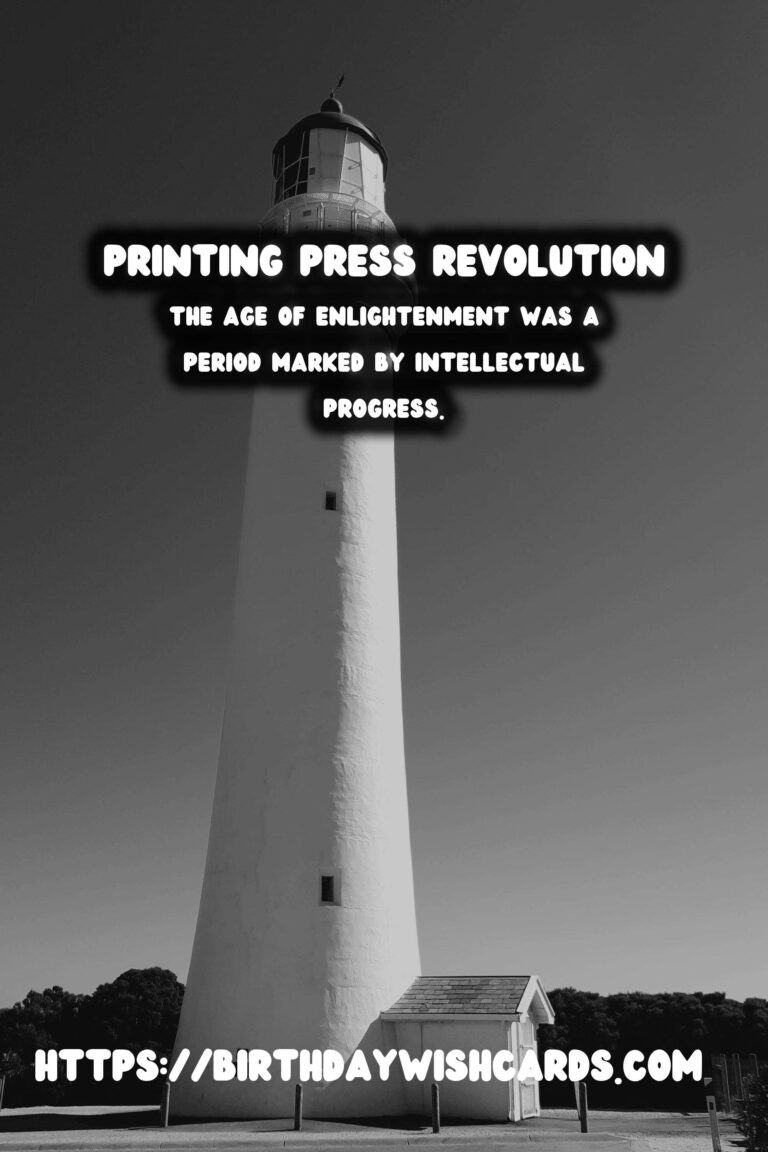
#AgeOfEnlightenment #HistoryOfPrinting




